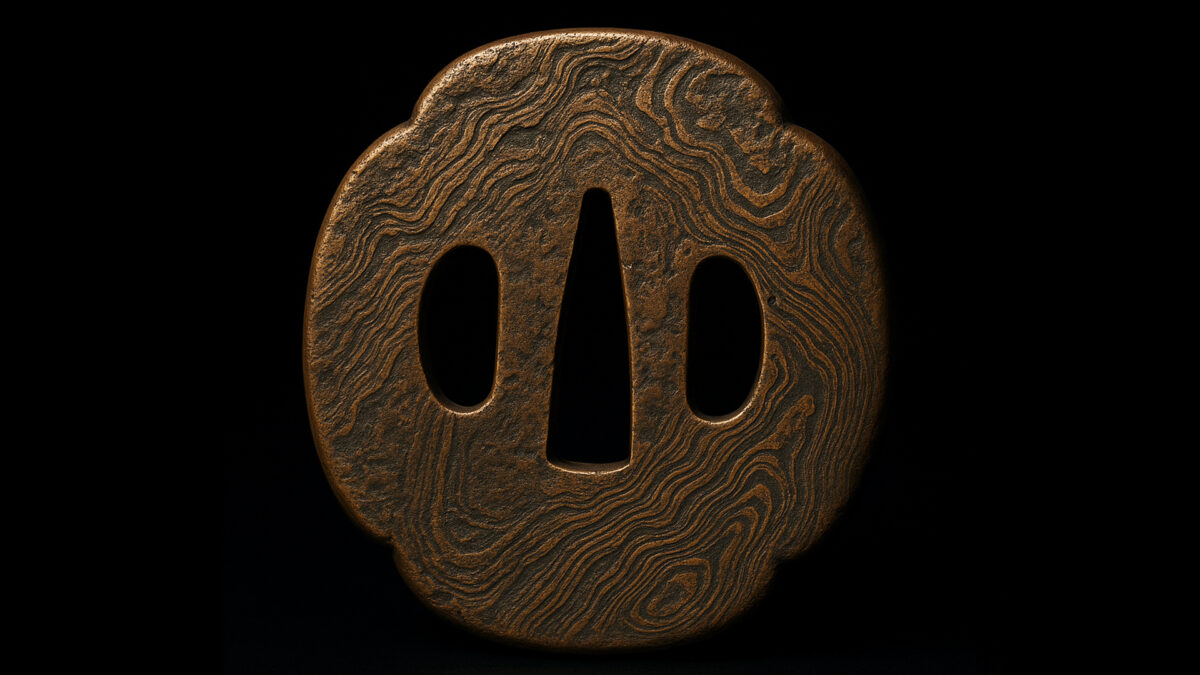- Mokume-Gane and the Art of Failure: Learning and Restarting
- 1. Introduction
- 2. Failures in Material Preparation
- 3. Failures During Lamination and Bonding
- 4. Failures in Pattern Reveal and Carving
- 5. Failures in Coloring and Finishing
- 6. Post-Completion Defects
- 7. Principles for Learning from Failure
- 8. Conclusion
- 9. Notes and Disclaimers
- 10. References
Mokume-Gane and the Art of Failure: Learning and Restarting
Table of Contents
- Introduction
- Failures in Material Preparation
- Failures During Lamination and Bonding
- Failures in Pattern Reveal and Carving
- Failures in Coloring and Finishing
- Post-Completion Defects
- Principles for Learning from Failure
- Conclusion
- Notes and Disclaimers
- References
1. Introduction
Mokume-gane is a traditional Japanese metalworking technique where dissimilar metals are layered, bonded, and carved to reveal intricate natural patterns. Because of its complexity, failure is often considered inevitable.
However, many failures come with warning signs and solutions. This article categorizes common issues and remedies by process step, based on real studio practices.
2. Failures in Material Preparation
❶ Oxide Film Not Removed → Delamination
Causes:
- Residual oxidation or oil on metal surfaces
- Fingerprint contamination before heating
Solutions:
- Thorough acid cleaning (citric or sulfuric) and degreasing
- Handle with gloves or tweezers after cleaning
- Final wipe with alcohol just before lamination
❷ Metal Sheets Shift During Lamination → Pattern Distortion
Causes:
- Inconsistent sheet dimensions
- Uneven clamping pressure
- Slippery surfaces between layers
Solutions:
- Trim sheets to equal dimensions and square edges
- Use multiple clamps across all sides
- Light sanding (#400 grit) for friction enhancement
3. Failures During Lamination and Bonding
❸ Uneven Heating → Incomplete Bonding
Causes:
- Asymmetric furnace or torch heating
- Faulty temperature sensors
- Differences in thermal conductivity
Solutions:
- Preheat all layers evenly
- Use steel heat-transfer plates
- Flip layers or reheat as needed (beware oxidation risk)
❹ Cracks/Delamination During Cooling
Causes:
- Thermal stress from expansion mismatches
- Shock from rapid quenching
- Insufficient pressure
Solutions:
- Match metals by expansion coefficients
- Favor furnace or air cooling over water
- Maintain pressure during cooling
4. Failures in Pattern Reveal and Carving
❺ Pattern Too Faint or Invisible
Causes:
- Carving too shallow (only surface layer removed)
- Uniform layer thickness
- Low color contrast (e.g., silver × nickel silver)
Solutions:
- Ensure cuts reach at least one layer deep
- Use high-contrast pairings like silver × shakudō or copper
- Cut at an angle for dynamic pattern effects
❻ Layers Peeling or Lifting During Carving
Causes:
- Weak bonding from oxide or insufficient heat
- Excessive carving force or burrs catching
- Growth of micro-cracks
Solutions:
- Blend or conceal peeled edges with sanding
- In minor cases, re-soldering and refinishing may work
5. Failures in Coloring and Finishing
❼ Patchy Ni-iro Coloring
Causes:
- Uneven chemical solution concentration or temperature
- Leftover oil or polish residues
- Overused or degraded solutions
Solutions:
- Ultrasonic cleaning or solvent degreasing
- Mix fresh solution in small quantities
- Avoid immediate quenching; air cool then rinse
❽ Polishing Removed the Pattern
Causes:
- Over-polishing erased shallow pattern layers
- Pattern was too close to surface to begin with
Solutions:
- Design carving depth to reach at least one layer below surface
- Limit polishing to ~#800 grit; prioritize pattern integrity
6. Post-Completion Defects
❾ Pattern Wears Away with Daily Use
Causes:
- Insufficient surface coating
- High abrasion from rings or frequent contact
Solutions:
- Apply clear lacquer or rhodium coating
- Place patterns on inner or recessed areas to protect
- Offer replacement parts with wearable items
❿ Customer Complaint: Layers Peeled After Purchase
Causes:
- Subtle bonding failure or external force
- Humidity or air exposure during long-term storage
Solutions:
- Clarify natural aging and variability at time of sale
- Recommend airtight packaging with desiccant and rust prevention
- Prepare for repairs or replacements in warranty
7. Principles for Learning from Failure
- Document Everything
Photograph, measure, record materials, temperatures, and timings - Use Multivariable Analysis
Don’t isolate one cause—consider all contributing factors - Turn Beautiful Mistakes into Art
Transform irregular patterns into unique works - Share Mistakes with Apprentices
Failures must be preserved to pass down knowledge - Also Study Success
Understanding repeatable success is key to mastery
8. Conclusion
Mokume-gane is not only a craft of “layered technique” but a practice of constant trial and refinement.
Behind every finished piece lie countless cracks, delaminations, color shifts, and design collapses.
By reading, confronting, and redesigning through those failures, new masterpieces are born.
Failure is simply a sketch for success. Mokume-gane is perhaps the most intellectually layered form of metal art.
9. Notes and Disclaimers
- Optimal conditions for coloring, bonding, or polishing vary by material composition, temperature, and humidity
- Workshop standards differ across schools and regions
- This article is based on typical examples—not universal truths
10. References
Refer to the original Japanese article for full source listings and citations.

